For the past decade, Omega Force has tried to reinvent its Dynasty Warriors formula with mostly negative results. Dynasty Warriors 9 was a fully open-world experiment seen as a barebones attempt with none of the series’ camp charm. Dynasty Warriors Origins is more of a reboot, trying to repackage the Romance of the Three Kingdoms saga with RPG elements and a mysterious new protagonist. However, despite feeling like a return to form, there are big issues with this bold new direction.
Most Dynasty Warriors games begin with the climactic battle against the Yellow Turban Rebellion, but Origins opts to start years before that. With famine spreading across the land, our nameless hero takes a stand against a corrupt local lord, impressing legendary warrior Guan Yu. With no memory of his past, he is guided into temporarily joining Guan Yu’s sworn brother, Liu Bei, as part of the volunteer force to wipe out the Yellow Turbans.
Best friend of the Three Kingdoms
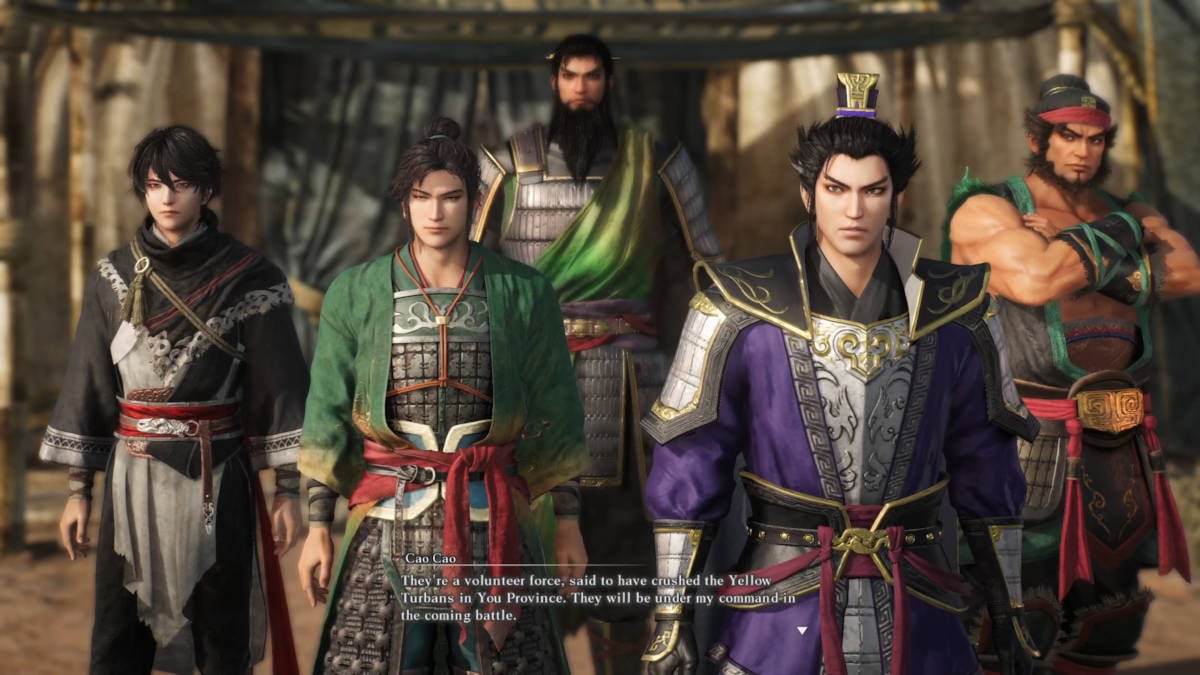
What follows is a story that greatly extends the narrative beyond anything previous Dynasty Warriors games have explored. The first two of the five chapters give you relatively linear paths through the timeline between the Yellow Turban Rebellion and Dong Zhuo’s subsequent hostile takeover. You’ll eventually choose between the three main kingdoms, determining the fate of Ancient China. It’s a decent retelling, but each chapter is padded with tons of exposition-filled cutscenes as you meet the heroes of the three main kingdoms, adding several hours to their runtime.
Your role in Dynasty Warriors Origins is as an outside observer, complete with a creepy child who appears out of thin air to spout pretentious nonsense. Fans of Persona 3 will be familiar with this concept. When cutscenes don’t involve a general talking about upcoming battles, they’re just dull, static conversations where everyone praises your combat skills. When everyone wants to become your best friend and fuel your ego, it gets exhausting to sit through the umpteenth chat with a general who approaches you for “a quick chat.”
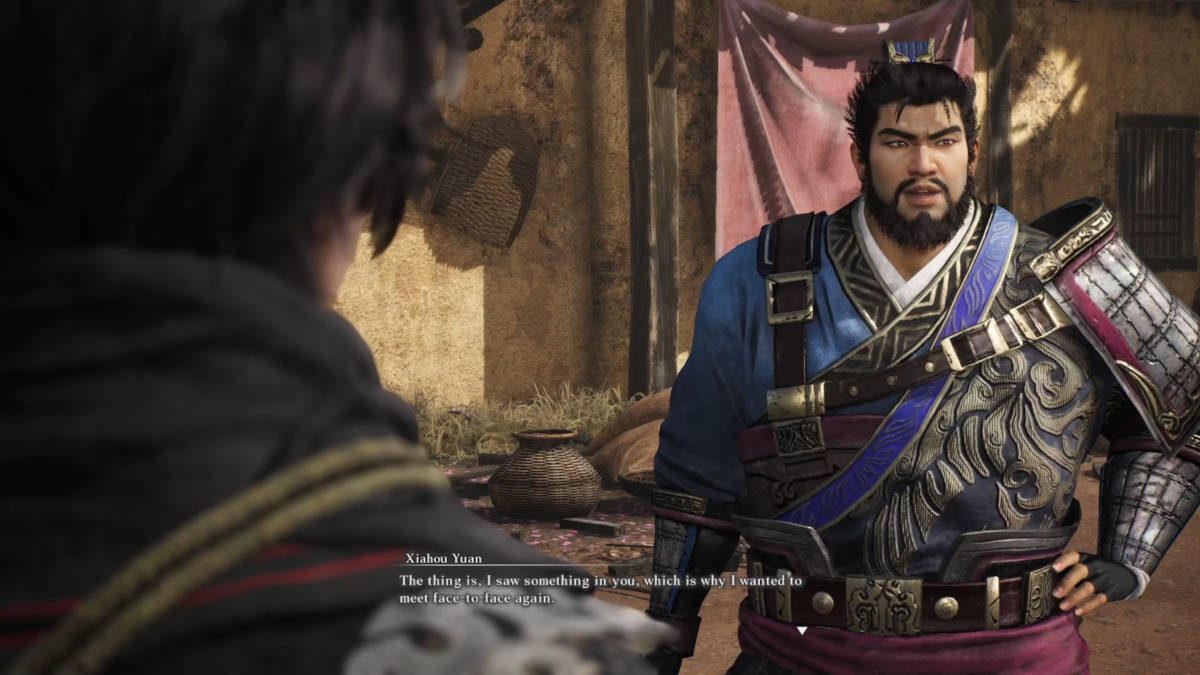
And yet, Dynasty Warriors Origins takes much of the franchise’s exaggerated tone out of the game. The main beats are still there: Liu Bei and his sworn brothers are still my favorite bunch of wholesome fellas just trying to be good role models, but the more outwardly flamboyant stylistic choices are no longer here. Meeting the usually effeminate Zhang He for the first time was disheartening, as he’s now just another man gushing about your combat skills and pondering your past. He also has a spear now rather than his signature claws, which feels like a sin. However, there’s a good reason why the weapons are stripped down to a few fundamental types this time, which I’ll get to in a bit.
Dynasty Warriors Origins looks amazingly consistent. It ran on my medium-to-high-end PC at a smooth 144 fps with barely a hiccup, even with the best visual detail the series has ever seen. Given the hundreds of enemies that appear onscreen at any point—and that they’re more detailed than ever—this is quite the feat. However, there was a distracting flicker in the background during certain cutscenes— likely a bug. The music is still full of Dynasty Warriors’ signature wailing guitars and adrenaline-pumping riffs. It would have been a tremendous loss if this was replaced by something more generic.
No, seriously, why is he so tall?
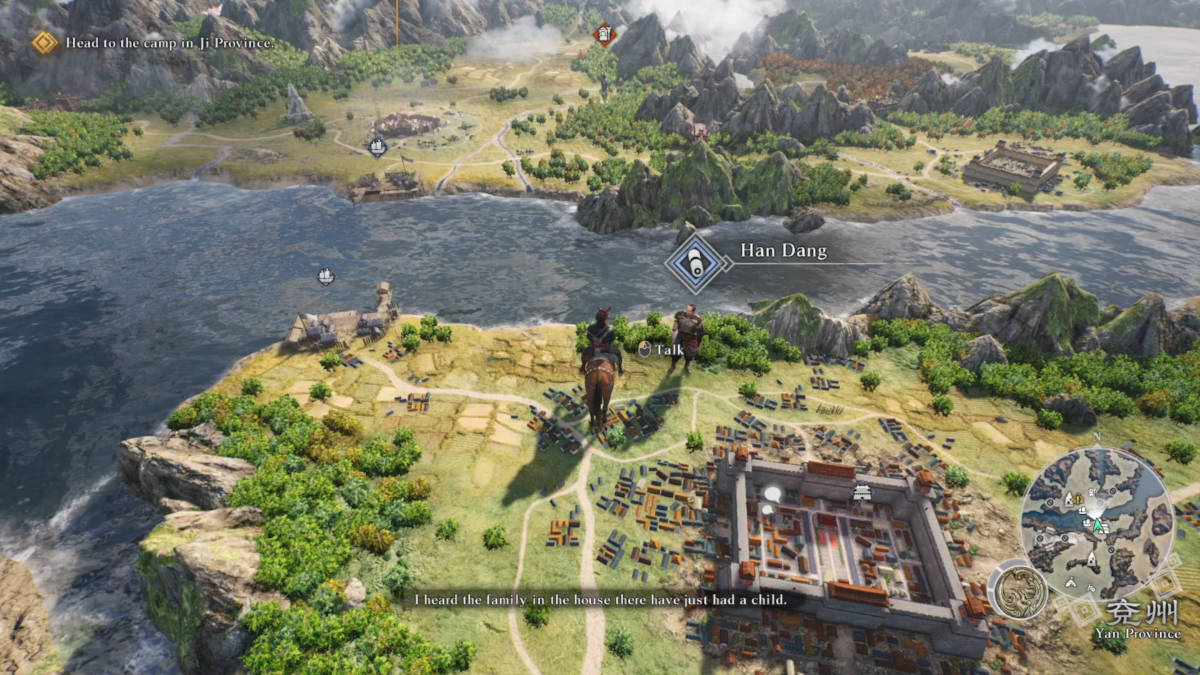
The biggest changes are in the campaign setup. It’s no longer entirely menu-driven, as Dynasty Warriors Origins opts for a Civilization-like map, where you control a giant avatar stomping across Ancient China. You’re free to roam where you please, so long as the borders are open or shipping routes are established, which is done periodically as the story progresses. You can take each battle head-on, but it’s worth tackling the respawning skirmishes to build up experience or talking to NPCs that appear near towns to build up your Bond with them. These unlock challenge missions you can complete for more upgrade points or special battles to gain favor upon their completion. This part of Dynasty Warriors Origins can be very repetitive, especially as you try to complete yet another mission to defeat hundreds of enemies with Spear skills.
There is, however, a point to its structure. Everything you do helps improve your proficiency in weapon usage. You begin with a sword, but more weapons will drop from specific enemies as you progress through the campaign. As you use them during any battle, you’ll primarily gain experience in that weapon and a small amount in others. Proficiency levels give you buffs to your stats and unlock skill trees where you can invest points to grant you more skills, better efficiency with healing items, and much more. While I do feel Dynasty Warriors Origins’ weapons cause it to lose some identity the series is known for, I do enjoy the balance of this progression system that feels involved, but not overwhelmingly so.
Perfectly refined Musou combat
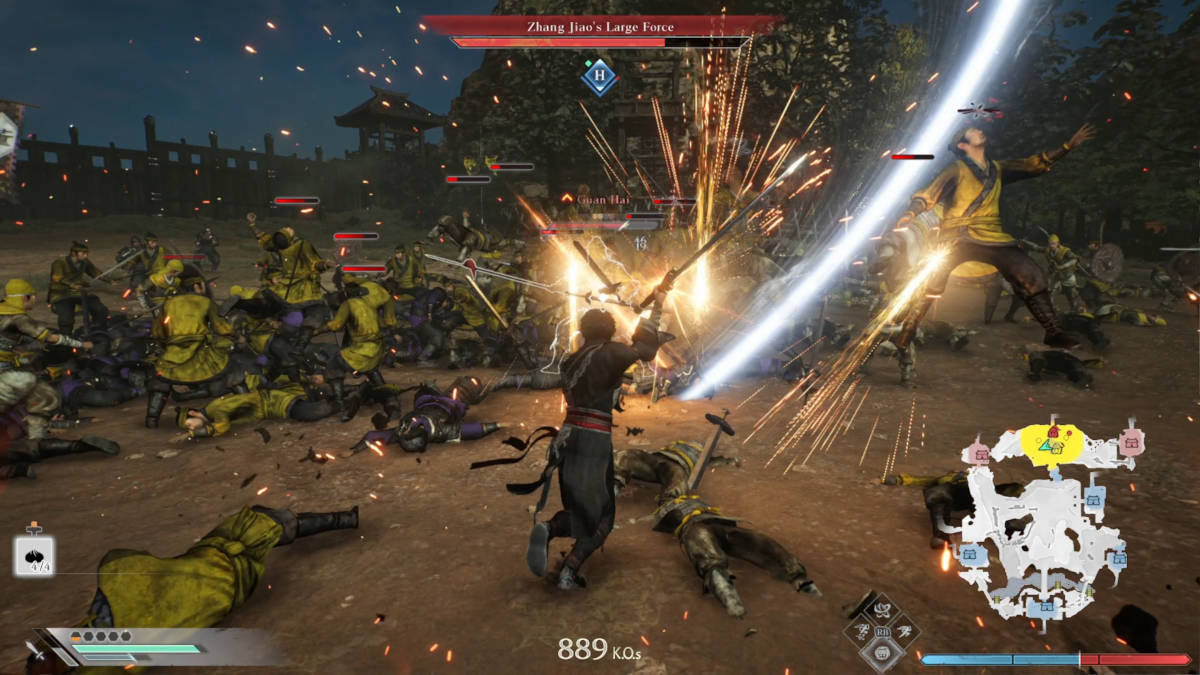
Compared to the main missions of previous games, the ones in Dynasty Warriors Origins are slightly smaller in scale. However, this reduced map size also means your role in battle is flexible. You’ll be frequently informed about which allies require the most assistance, with letters getting progressively more red than blue if the officer is losing the fight. While saving failing generals isn’t new to the series, having a visual indicator outside of messages is a welcome change.
Dynasty Warriors Origins shines during the climax of most major battles or if you happen to trigger an ambush. Certain offshoots of your allied army will eventually reach a position in battle and wait for you to catch up. If you stand next to their officer, you’ll trigger a charging sequence where the earth rumbles as the pursuing army gallops or sprints into conflict with an unsuspecting enemy. It’s thrilling to charge at an unsuspecting enemy, especially as they’re so demoralized that they become very easy to defeat, sending your KO total soaring.
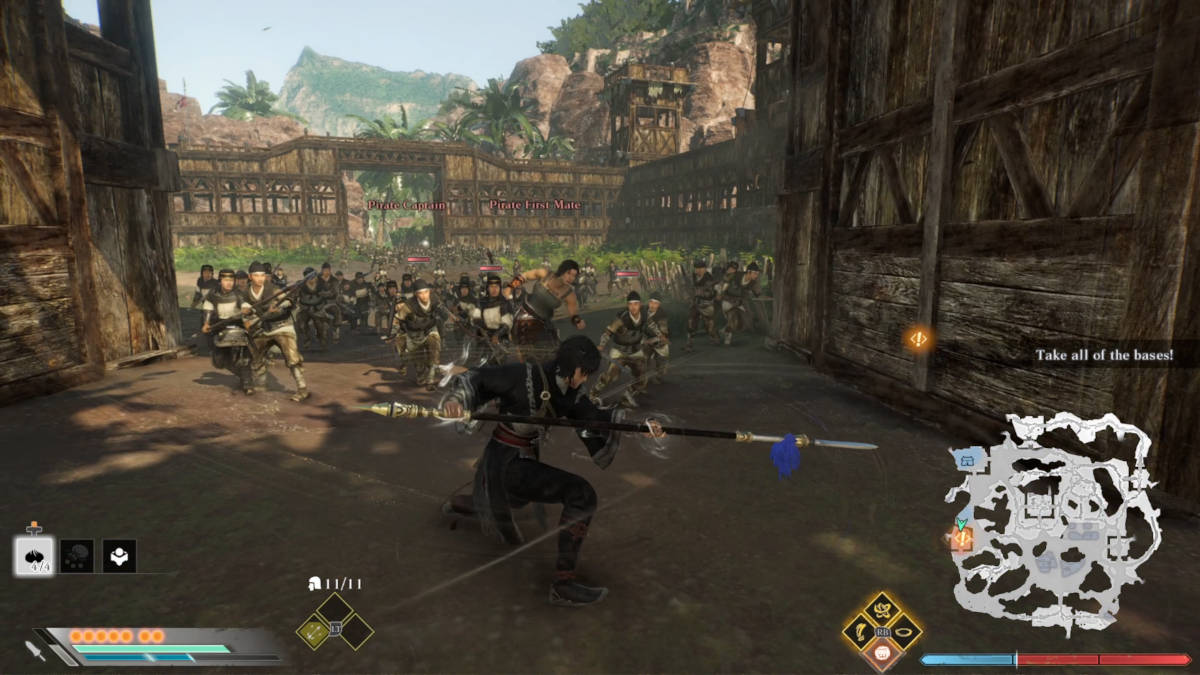
If there’s one thing that Dynasty Warriors Origins gets completely right, it’s the combat. You still combine button combos to unleash different attacks and use screen-clearing Musou attacks to wipe out everyone in front of you. You also have a new resource: Bravery.
As you hit enemies, you’ll accumulate Bravery, which you can use to activate the skills known as Battle Arts, which you assign to your chosen weapon before the battle. Later on, you’ll also gain troops that can unleash one of three different tactics on the enemy, and if you miss playing as the Heroes of the Three Kingdoms, you can temporarily take control of your chosen companion for a short time once per battle.
The roster of defensive combat moves has greatly expanded, too. You can now evade attacks with the right trigger, but those more daring can use the left-bumper block button just before getting hit by regular attacks by officers to parry their move. Doing so causes some damage and shatters their defenses, as indicated by shield icons. You can also interrupt the yellow glowing attacks with specific Battle Arts, thus destroying a shield. Should an enemy run out of these completely or if you stop their troops from executing a tactic, you can use the Assault command to kill them outright or hit the officer as much as possible.
Turning the tide
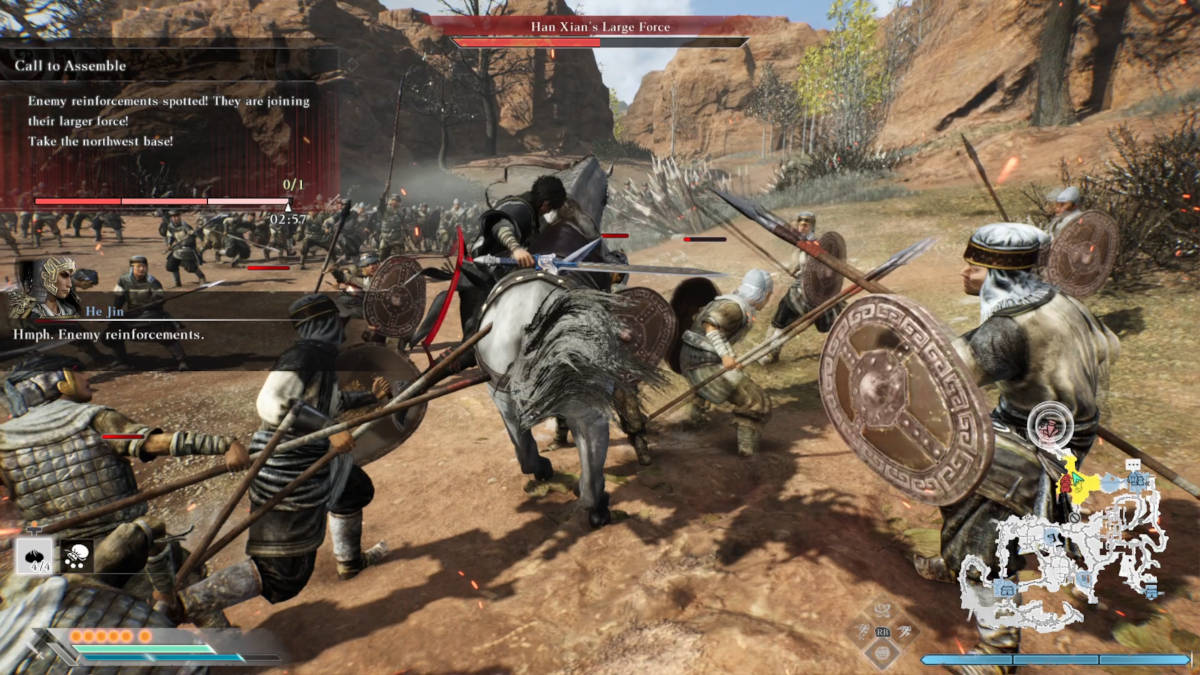
In certain battles, the nameless hero uses their perception to scan for hidden dangers. For example, by holding down the left trigger, you use the Eyes of the Sacred Bird to show your location in battle or find the enemies or objects hidden among the enemy army you need to destroy to continue onward. It adds a new dimension to your powers while giving you the time to access the battlefield to issue commands to your troops.
What follows are moments where you quell enemy Grand Tactics by meeting their conditions, usually to defeat a specific officer or enough enemies to thwart their plans. Your allies can also initiate Grand Tactics, with your objective to protect the officer who started it, and it will destroy enemy morale when finished, affecting how many shields an officer has and the overall health of the opposing army. Getting over a thousand kills per battle is exhilarating in its own right, but the hype of the events that conclude every major battle is an absolute treat.
I’m conflicted about Dynasty Warriors Origins. There is a great game with thrilling battles and clever twists on old mechanics to make them fresh. However, as a fan of the older games, I find it hard to fully recommend it as a must-buy based purely on what was lost.
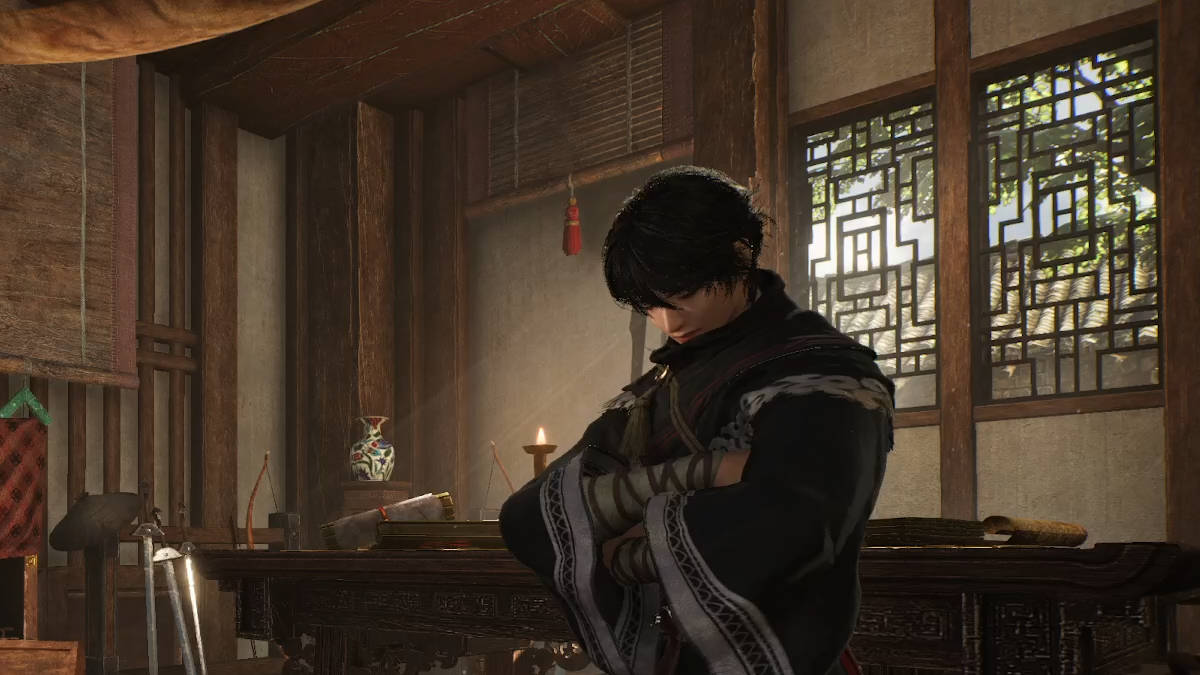
- The progression system strikes the right balance of complexity.
- New mechanics add needed depth to the combat without compromising core Dynasty Warriors gameplay.
- Mostly smooth visuals at a consistent frame rate on PC.
- Charges and Ambushes are thrilling to get going.
- Side missions add a lot of bloat and bulk to the gameplay.
- Repetitive cutscenes that mostly involve another character trying to become your best friend.
- Sacrifices some of the series' over-the-top identity for the sake of a dull story and otherwise decent gameplay changes.


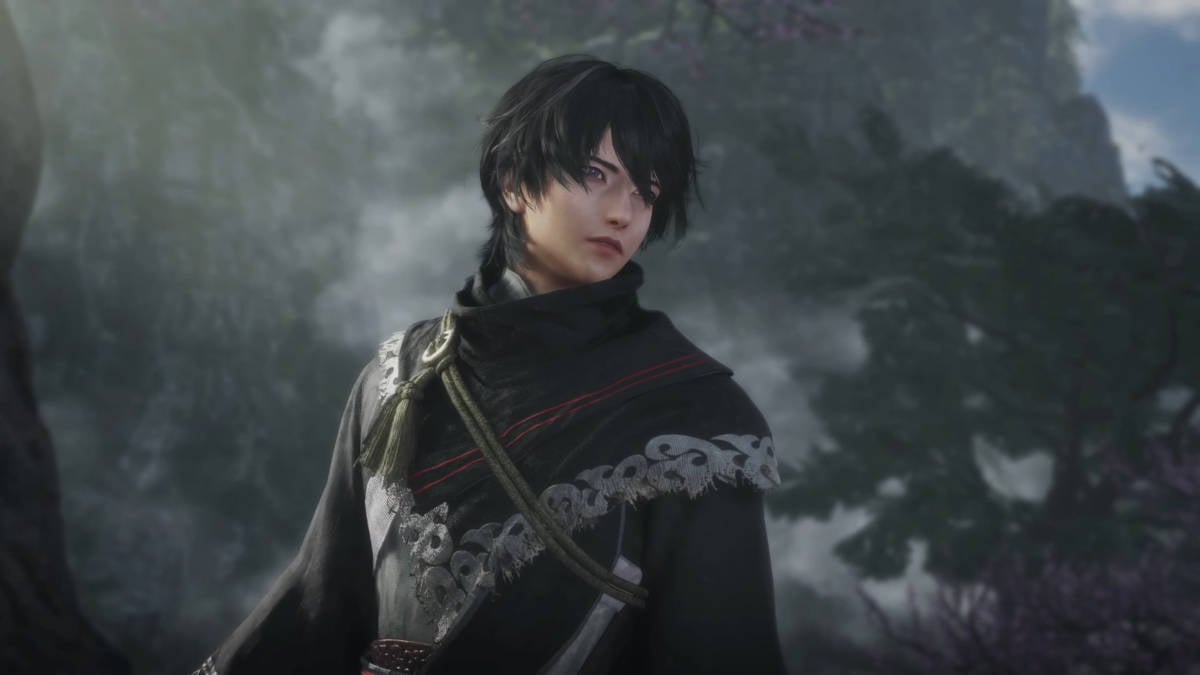
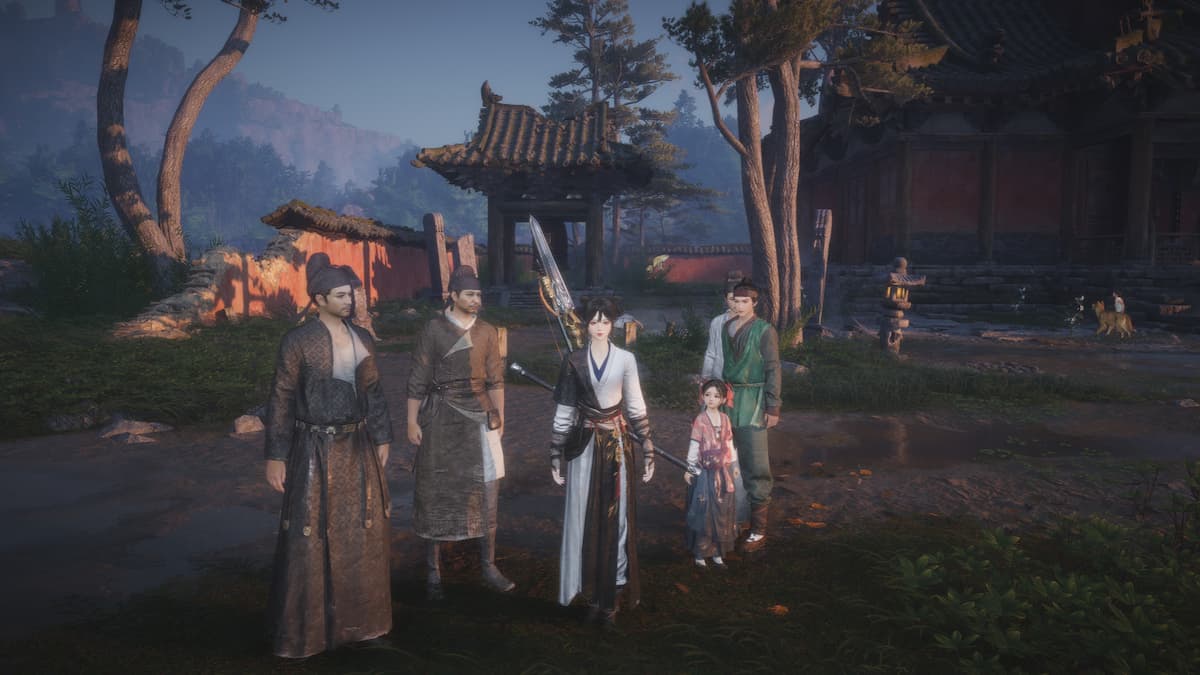

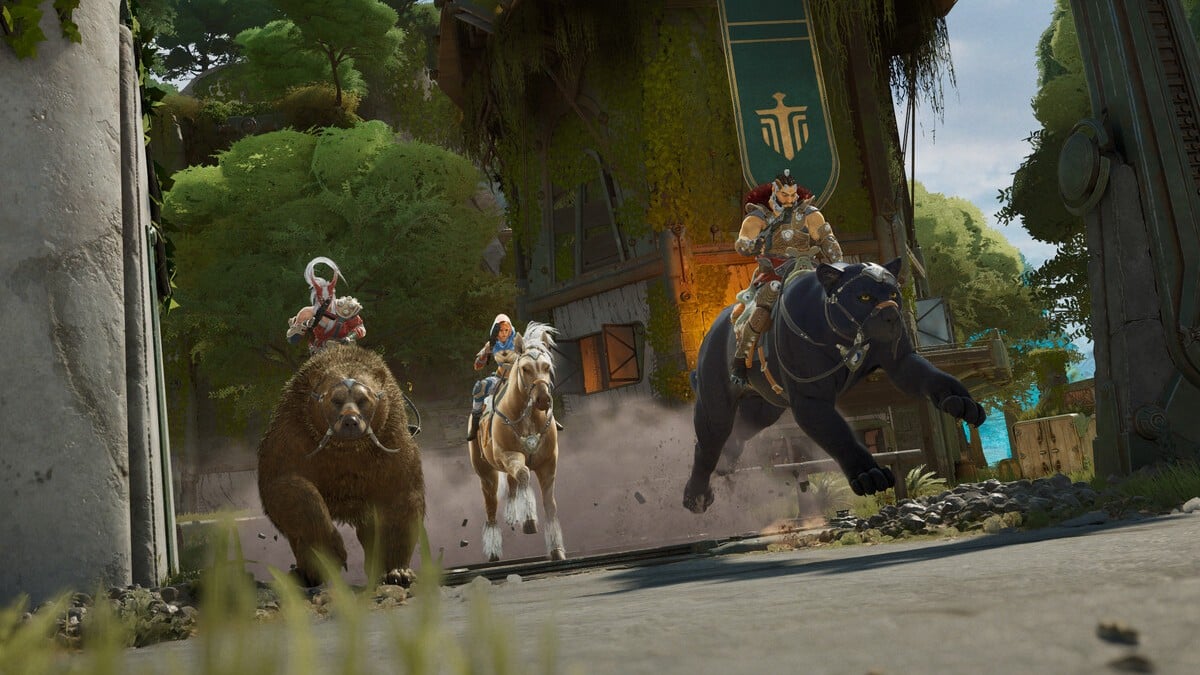
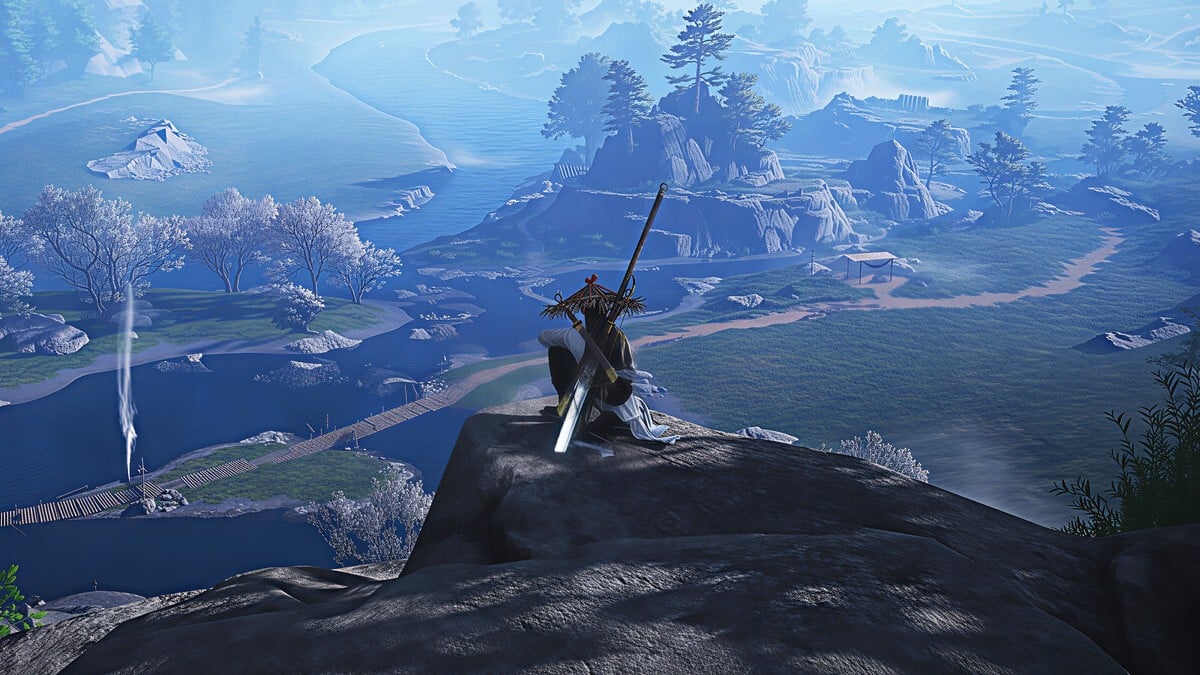
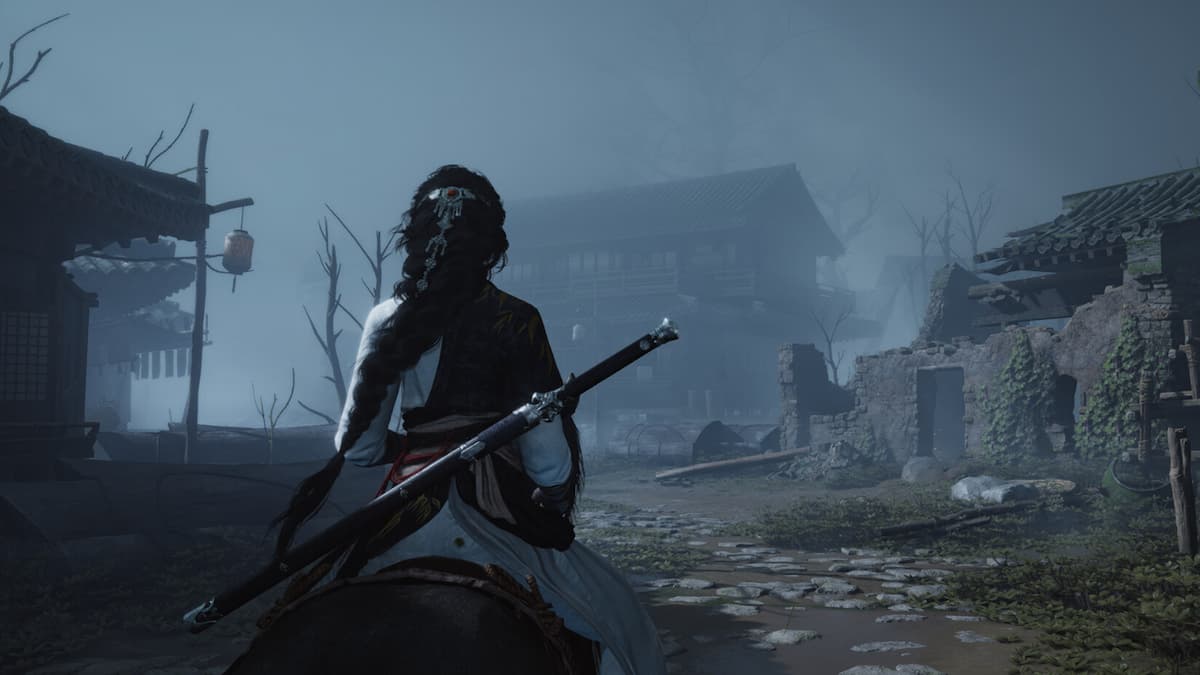

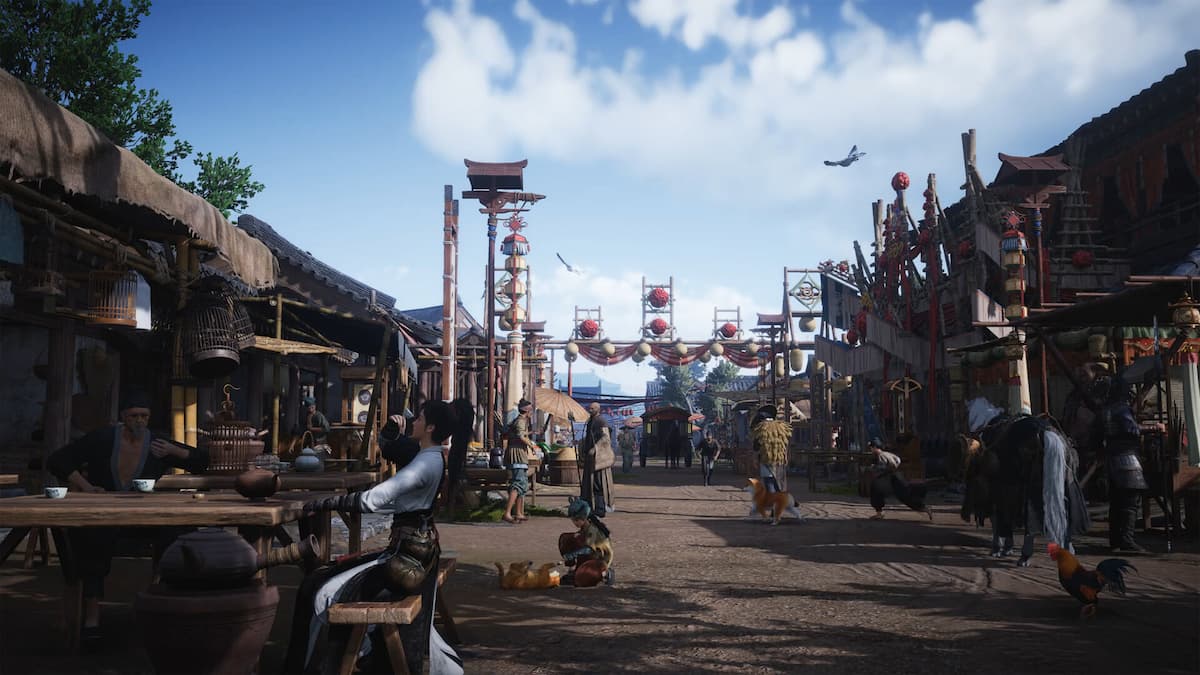
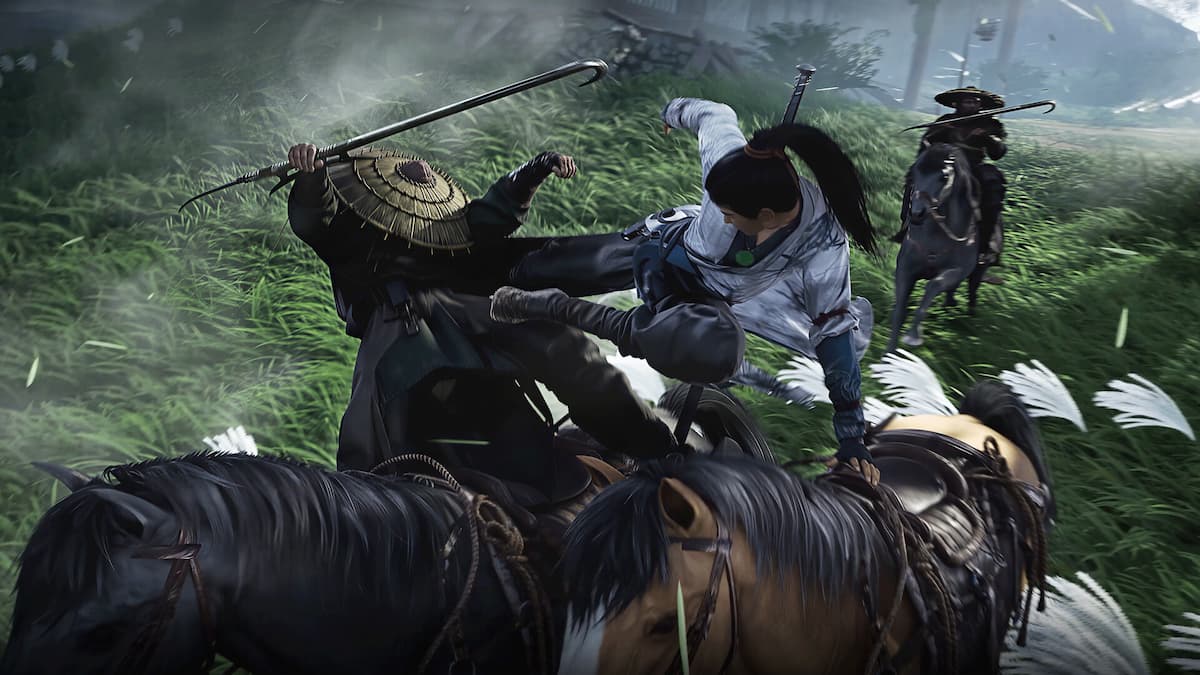
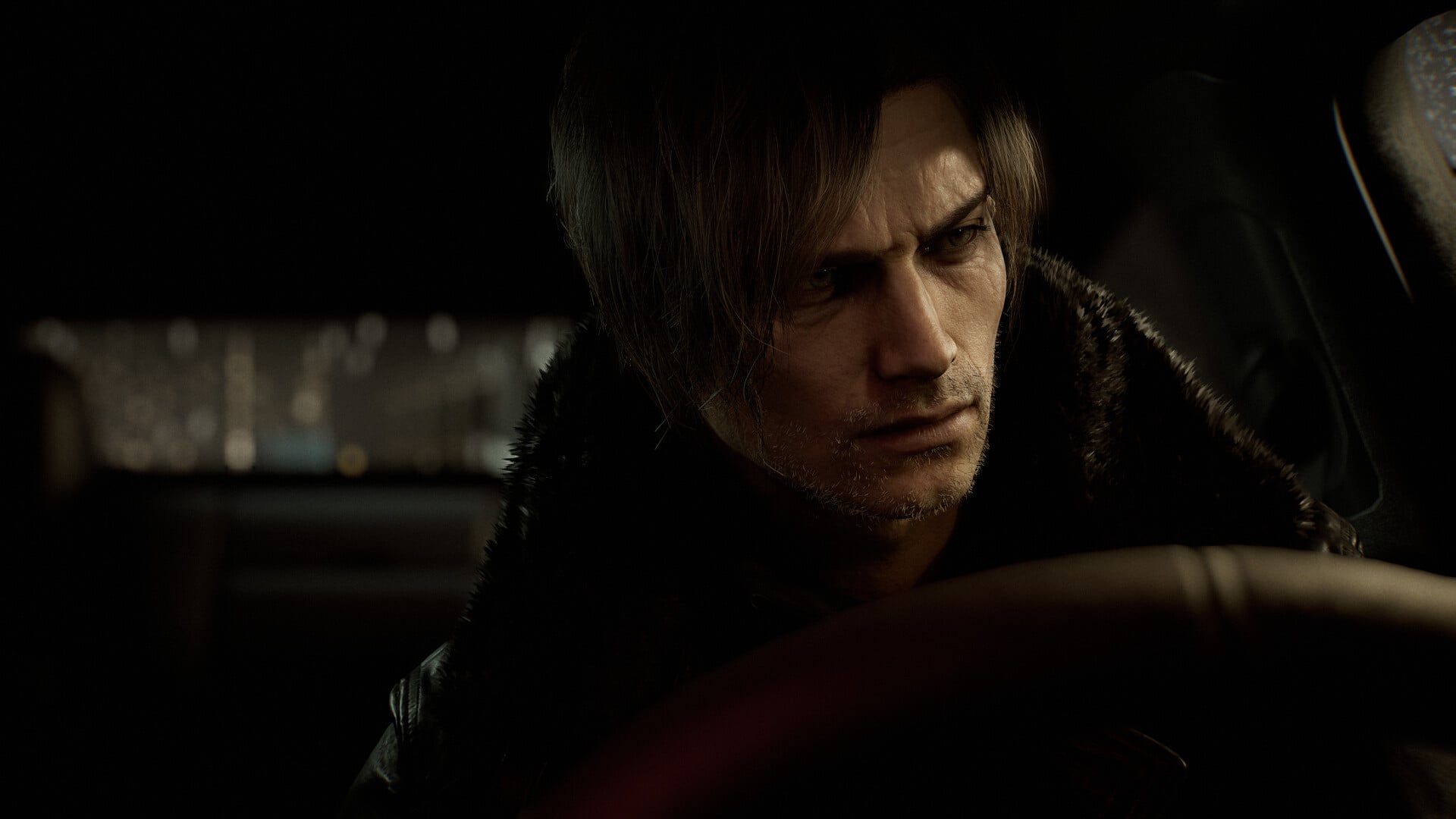
Published: Jan 13, 2025 06:00 am